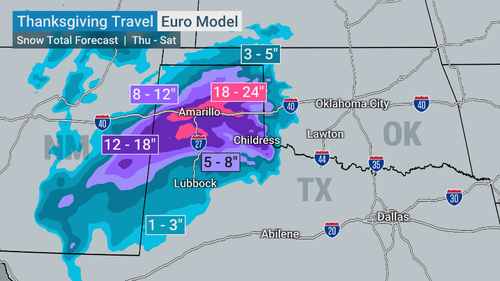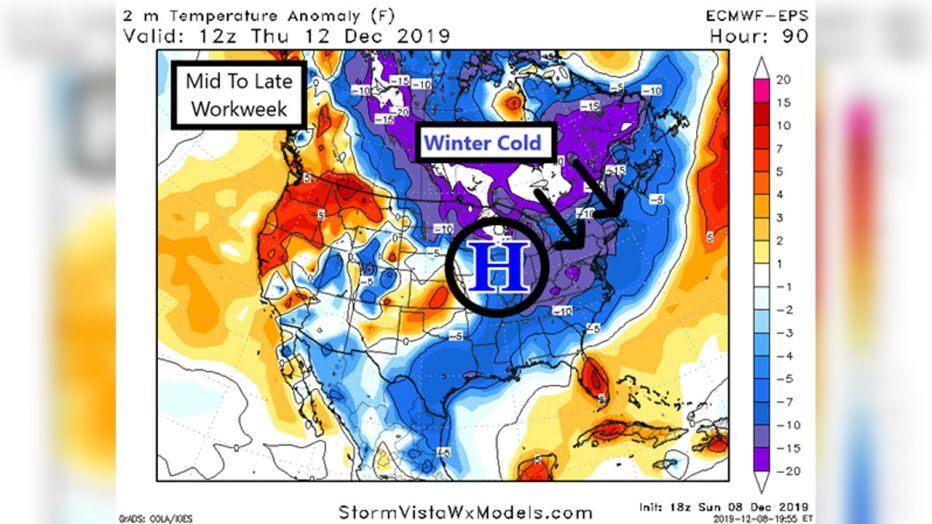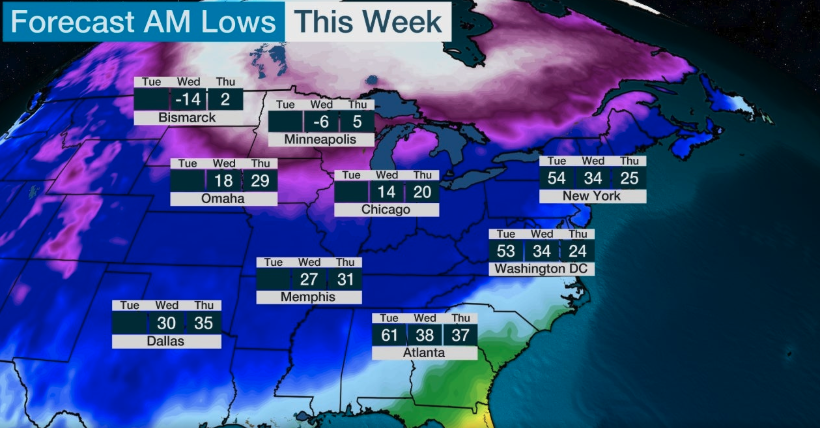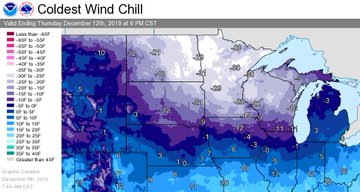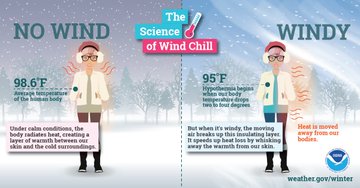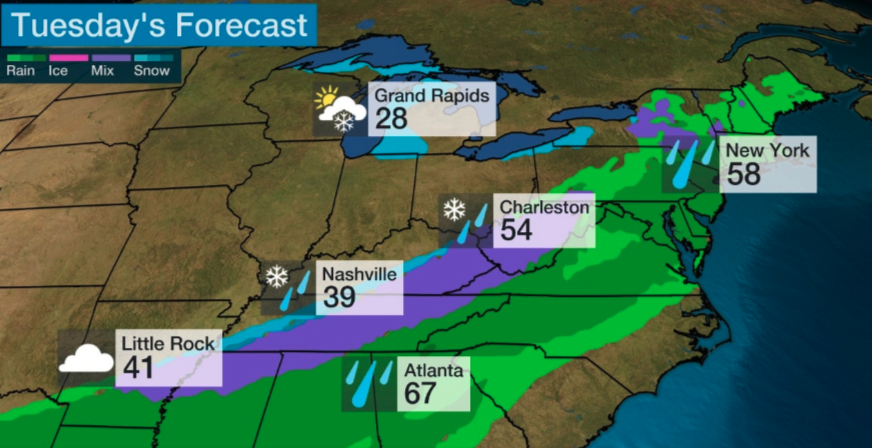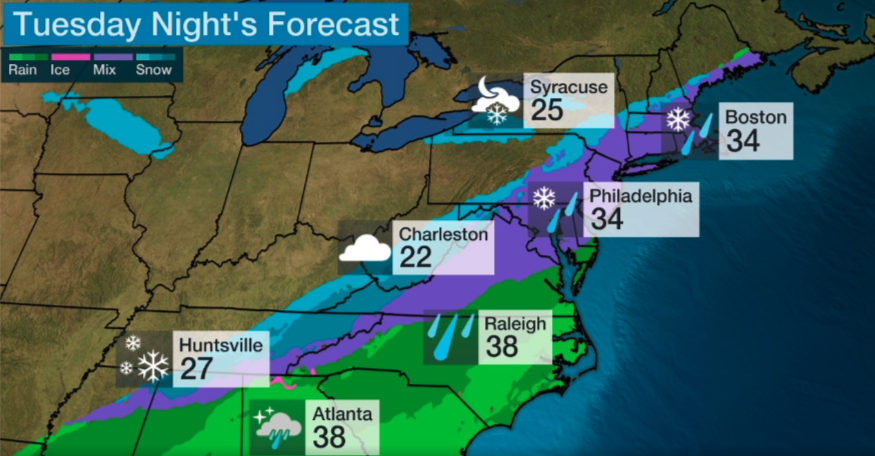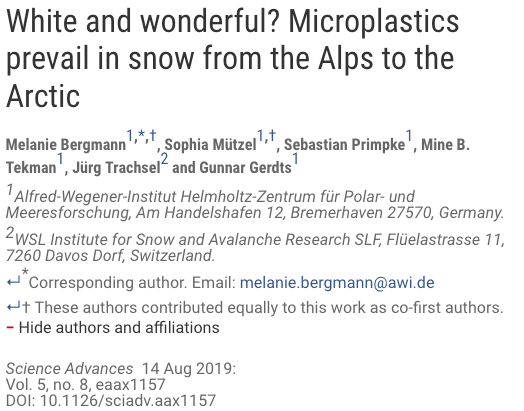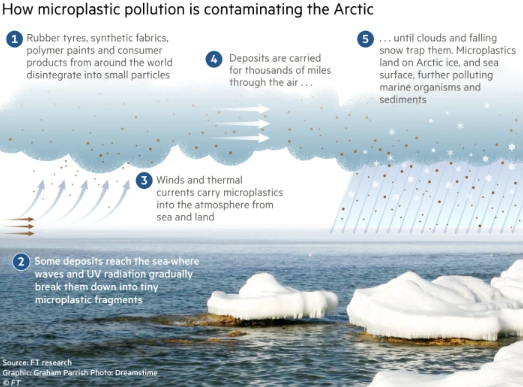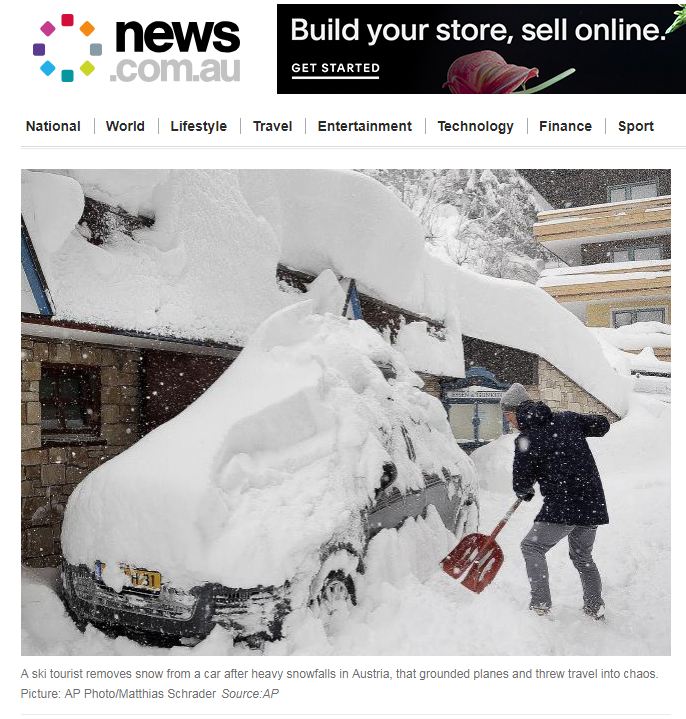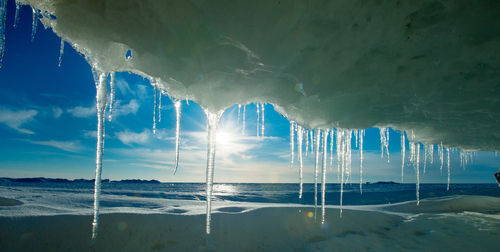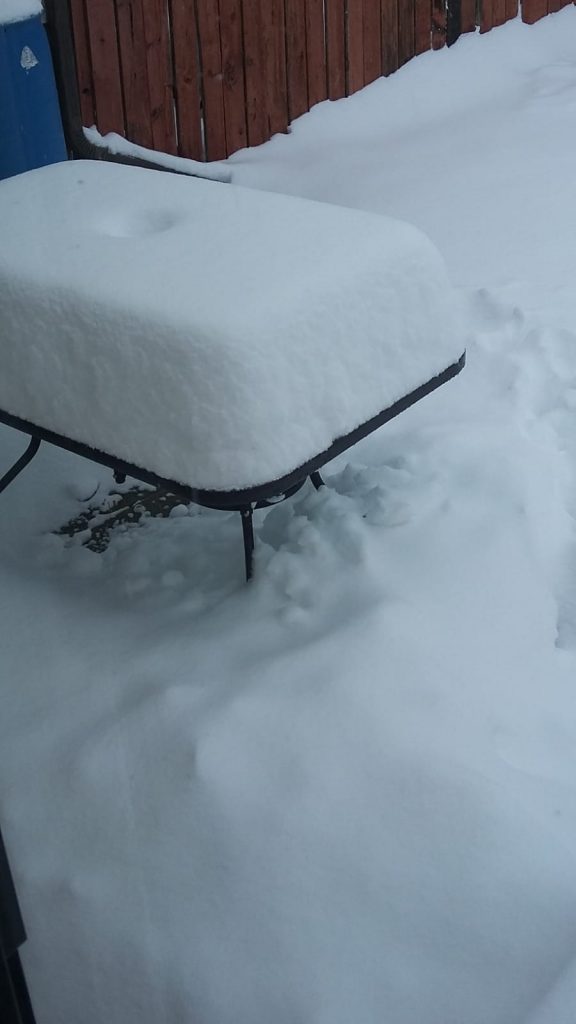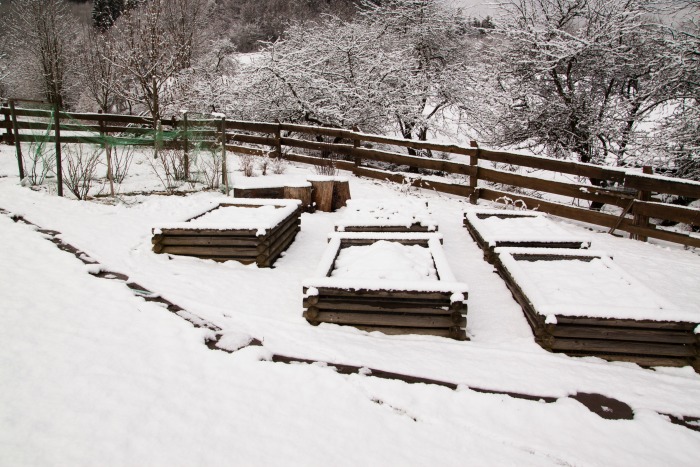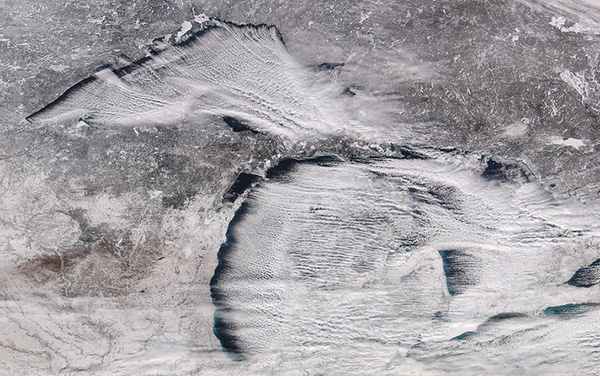 My friend Alex is in Chamonix in the shadow of Mont Blanc in the French Alps. He sent some very snowy pics and mentioned that it was fair dinging down. The most snow since 2010. Knowing that sunspot cycle 24 was well-advanced I did some checking and came across a web site called Weather to Ski that had some amazing pics of big snow. One picture in particular caught my attention. See inset and below the fold.
My friend Alex is in Chamonix in the shadow of Mont Blanc in the French Alps. He sent some very snowy pics and mentioned that it was fair dinging down. The most snow since 2010. Knowing that sunspot cycle 24 was well-advanced I did some checking and came across a web site called Weather to Ski that had some amazing pics of big snow. One picture in particular caught my attention. See inset and below the fold.
Figure 1 Huge snow depth in the Alps. It is possible that the snow depth here is influenced by the road, snow blowers piling snow up along the route, and also drifting snow getting trapped in the ravine. But still, 8m is a lot. A cross country skier would be confronted with enormous difficulty crossing this road.
It looks like the snow in this drift is ~ 8m deep. And this is in the valley, not in the high basins where the snow fields that feed the glaciers lie. Now it’s obviously far too early to begin to draw any conclusions. But IF we get a run of 3 or 4 winters that dump this much snow, it is not inconceivable for me to imagine Alpine glaciers once again beginning to advance. I’m totally unsure how long it takes for pressure in the glacier source to feed through to advance of the snout.
So what is going on? We’ve been told by climate scientists that snow would become a thing of the past. We’ve also been told that global warming might lead to more snow and less snow. And we’ve been told that warming might even lead to cooling.
…click on the above link to read the rest of the article…


